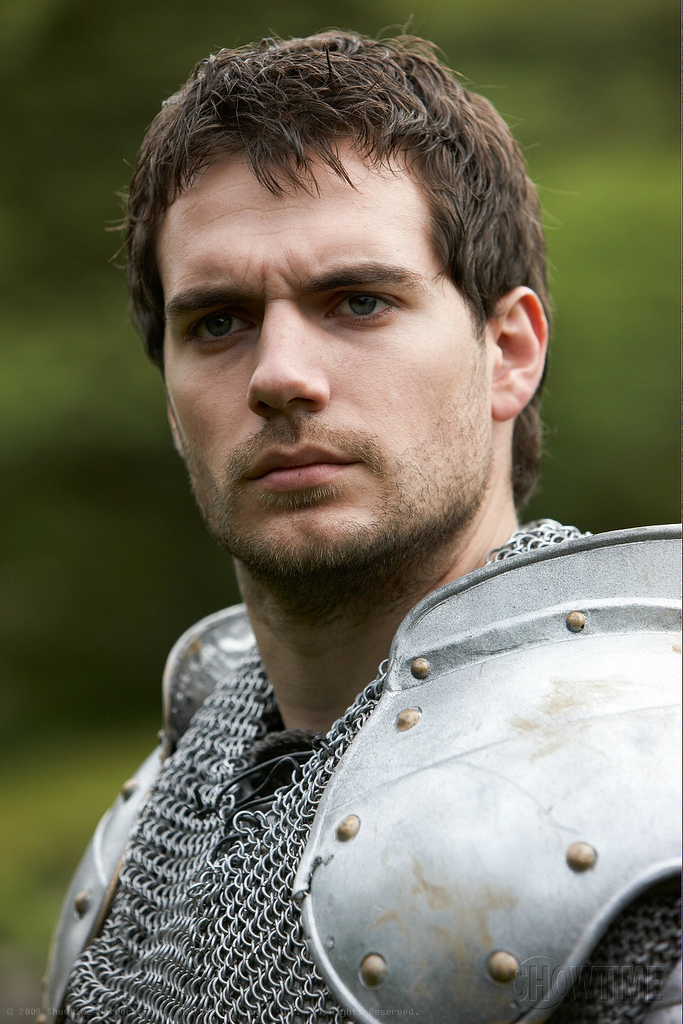Kung Fu star Bruce Lee
No one didn’t know Bruce Lee, a Chinese kung fu star. Energetic movement and really good in action. his kung fu story has been affected till now days, his style of kung fu has mad Bruce Lee is known ever after. To know more about Bruce Lee and his kung fu story, just read it until the end...
 Known by the name Li Xiaolong (Li Siaolung, 1940 to 1973), by his real name Li Zhenfan. ancestors originated from the town of Fo Shan - Guang Dong province - China, was born in San Francisco - USA, Latin name is Bruce Lee.
Known by the name Li Xiaolong (Li Siaolung, 1940 to 1973), by his real name Li Zhenfan. ancestors originated from the town of Fo Shan - Guang Dong province - China, was born in San Francisco - USA, Latin name is Bruce Lee. Since childhood Li Xiaolong body weak and often sick, the parents in order to seek growth healthy, then when the little Li 7 year old he included Tai Chi exercises, unexpected since then Bruce Lee has been go the way of martial arts, and has managed to acquire a big name. In 1955, Bruce Lee's 13-year-old Ye Wen raised as a teacher and studied martial arts Yong Chun. Although Bruce Lee was a child, but in practice wholeheartedly. He made an effigy of wood beam-on in his home and practice every day to face the relentless wood beams. When Bruce Lee was a very young and have mastered the science of the real, like to challenge other people, too often make trouble, that's why his parents sent him to the university of Washington, Seattle - USA. He took the study of philosophy and psychology to create more insight. And since then no longer heard he fights with others.
It is precisely in the field of martial arts Bruce Lee is much more advanced, forged tactics and training produce Bruce’s kick
"Li - the three legs", "within 1-inch punch" and others, are also adept at playing Toya (stick) short and long term, nun-chaku and other weapons. He also elaborates Qi Gong (Chi Kung = power in science) and Ying Gong (kanuragan Sciences). The 60's, he has created a martial arts moves swiftly flowing called "Jie Quan Dao (Famous with Jeet Kune Do) ".
In 1964, Bruce Lee followed "Karate-do Competition Long Beach" which was held in California - USA. Then he glimpsed by William Dozier, the producer of TV series (Batman) who then invited him to follow audition. Bruce Lee's father, Li Hai Quan is a famous Cantonese opera players, therefore Bruce Lee during the boy had often go play the opera, to be able to audition this time with a very smoothly. In 1966, Bruce Lee signed a contract role with the company for 30 U.S. broadcast TV series (Green Hornet). Because the role of Bruce Lee in the (Green Hornet) is not so important, it also only appears briefly, then he decided to return and take part in Hong Kong, began working on martial arts films, kicked off immediately once unexpected burst, and make a scene at home and abroad.
Bruce Lee has been involved in a total of 5 films: (year 1971), (year 1972), (year 1972), (year 1973) and (Completed year 1978). In these films, Bruce Lee vicious turn kick and a flying kick and his dexterity Nun Chaku, all of which have been drugged the audience. Relying on the mastery of the martial arts are nice and charisma in front of the camera, the late Bruce Lee not only create a booming film "Kung Fu" in the early 70's, he also made people around the world to assess the Chinese movie with more respect, arguably has shocked the whole world.
As an actor, Bruce Lee has spearheaded the success of penetrating the Chinese in Hollywood, along it also he made the film became one of the film action film industry mainstay of Hong Kong, this is the contribution amount in culture in film. But as an expert in martial arts, Bruce Lee movies with minimal interpretation of spirituality of Chinese martial arts. In the famous film, the audience cheered with kicks and fast and ferocious punches and their spirit of nationalism surged by the story, but the search stage
spirituality, respect for the morality of Kung Fu and the criteria for the forging of the soul of a fighter in the arts martial arts / Wu Shu in his films are very rarely discussed.
on July 20 1973 Bruce Lee died suddenly, the cause of death is still mysterious. In accordance news, at that time in the body there are deposits of marijuana ingredients. After Bruce Lee became famous in the movie business, he worked hard day and night. Gained popularity too fast, psychologically unable to be harmonized. Plus he often relies on intake of doping, spirit slow gradually fall into the abnormal conditions. Clearly coincided with the peak of career achievement in film, Bruce Lee has been unable to find care law (way) to release its attachment to the name and interests of the Chinese martial arts, it is to the late Bruce Lee during his life studying in Wu Shu, arguably is the largest regret.
Bruce Lee Wallpaper
| |





















































